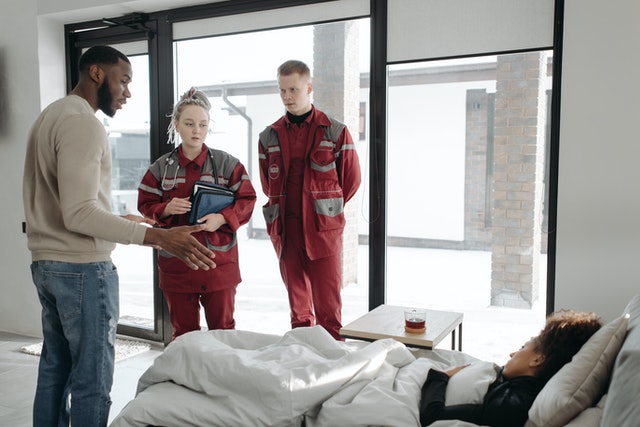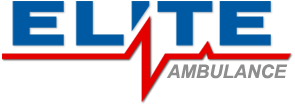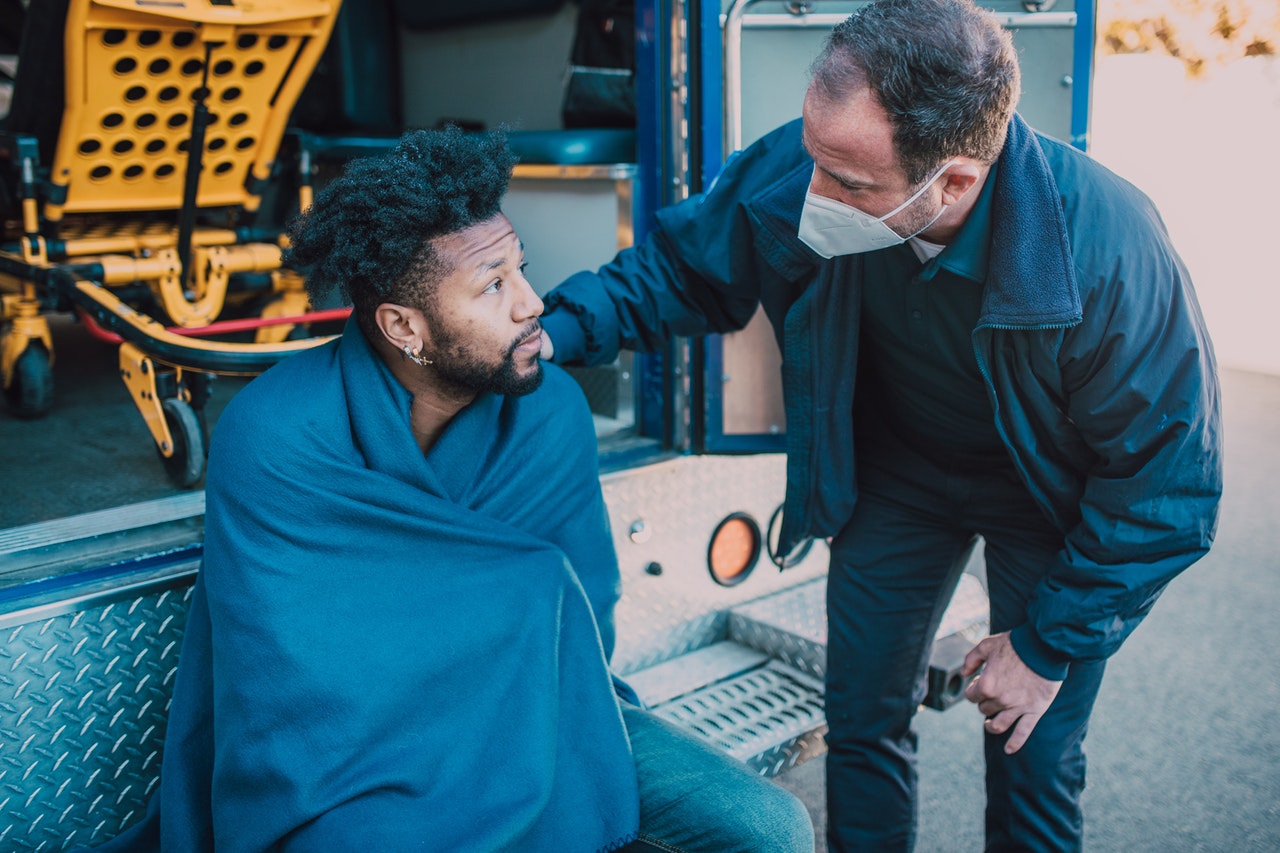When you’re tending to a patient in an emergency, you need to assess their symptoms and the severity of their potential injuries. OPQRST is one of the best mnemonic devices for this.
OPQRST is popular among nurses, EMTs, medical assistants, paramedics, and other health care professionals to learn about a patient’s pain and symptoms. This makes it one of the most critical mnemonic in the paramedic’s toolkit.
Find out what OPQRST stands for, and how you can use it to assess a patient during an emergency.
What Does OPQRST Stand For?
A mnemonic is a memory device that uses a pattern of letters, associations, or ideas to help an individual remember something. Each letter of OPQRST stands for an essential question in the patient’s assessment.
- O: Onset of the event
- P: Provocation/palliation
- Q: Quality
- R: Region/radiation
- S: Severity
- T: Time
OPQRST is easy to remember, because these letters follow each other in the alphabet.
Find out what exact questions you can ask to get a clearer picture in each category.
Onset of the Symptom or Pain
The “O” in OPQRST stands for onset. The healthcare professional is trying to determine what brought on the symptom or the pain.
Some of the questions you can ask of a patient include:
- What were you doing when the pain or symptom started?
- Were you active, inactive, or stressed?
- Was there a specific activity that started or prompted the onset of your pain?
- Was the onset of the symptom or pain gradual, sudden, or was it part of a chronic or ongoing issue?

Provocation or Palliation of the Symptom
The “P” stands for provocation or palliation. The questions to these answers can reveal if the pain or symptom is better or worse in certain situations.
You can base your questions in this category around these three topics:
- Activity: Does lifting, twisting, standing, walking, etc., have an effect on your pain? Is there any pressure or external factor that makes the symptom better or worse? Is the symptom relieved with rest?
- Position: Are there any positions that relieve or cause the pain? Examples may include standing, sitting, lying flat, laying on their side.
- Adjuvant (Medication): Is there any medication, such as Ibuprofen or Tylenol that relieves the symptom or pain? Are there alternative therapies, such as acupuncture or massage, that relieve the pain? Do ice packs or the application of heat help to alleviate the pain?
Quality of the Pain
The “Q” stands for quality. Pain can be shooting, crushing, sharp, burning, aching, dull, or throbbing.
Questions can be leading using those adjectives, or they can also be open-ended like: “Could you describe the pain for me?”
You also need to find out about the pattern of the pain. Is it constant or intermittent?
With these questions, you won’t just find out what the underlying issue is. You’ll also get a glimpse into the patient’s experience.
Region and Radiation
The “R” stands for the region and the radiation of the pain. This is how you can determine where the pain is located on the patient’s body and whether or not it radiates or moves into another area.
There are two main kinds of pain patients can report:
- Referred or reflective pain occurs when the patient experiences pain that is in a location of the body other than at the site of the pain stimulus. Referred pain can provide clues to certain underlying causes.
- Localized pain refers to pain that stays in a particular location without spreading.
When helping a patient determine the location of pain, a body map can help them better illustrate pain distribution. If you suspect spinal nerve injury, a dermatome map can help assess the extent of the damage.
Determine the Severity of the Pain
The “S” stands for the severity of the pain or symptom.
To determine severity, you can ask your patient to give a description of the pain using a pain score.
A typical pain score uses a scale of zero to ten, with zero representing no pain at all and ten representing the worst pain possible.
If the patient has difficulty comparing their pain, ask them about previous injuries that they can compare the current pain to.

Determining the Timing of the Pain
Finally, the “T” stands for time. Here are some of the critical timing questions that you canask:
- When did the pain start?
- What was the duration of the pain?
- Was the onset of pain sudden, or was it gradual?
- Is the pain acute or chronic?
- How long has the symptom or pain been happening?
- How has the pain changed since it started? Is it better? Worse? Have your symptoms changed?
- Has this happened before? How has it changed since it first happened? If applicable, when did the pain stop?
What Is OPQRST-A?
Hold on! Who added an extra letter to OPQRST?
Sometimes the letter “A” will be added to this common medical mnemonic, changing it to OPQRST-A. In this case, the “A” stands for “associated manifestations.”
An associated manifestation would be a symptom accompanying the underlying pain that the healthcare professional is attempting to address. Think of this as a missing piece of an incomplete puzzle.
To search for any associated manifestations, you can ask the patient a question like:
“Have you noticed any other symptoms accompanying the symptom of pain?”
For example, if the patient complains of chest pain, the healthcare professional will want to know if the patient is experiencing increased sweating, nausea, or difficulty breathing.
This unexpected symptom can sometimes lead to a better understanding of what the underlying issue is.
Learn More at Our EMT Academy
Knowing how to use OPQRST during an emergency is crucial for every EMT and paramedic. That’s why teach this in an engaging and memorable way to our students.
If you want to become an EMT or a paramedic, there’s no better place to learn than with Elite Ambulance in Chicago.
We combine theory and practice to help our students get a thorough understanding of what it takes to save lives.
Join our course today and be part of the EMS community!
Comments are closed.



Recent Comments